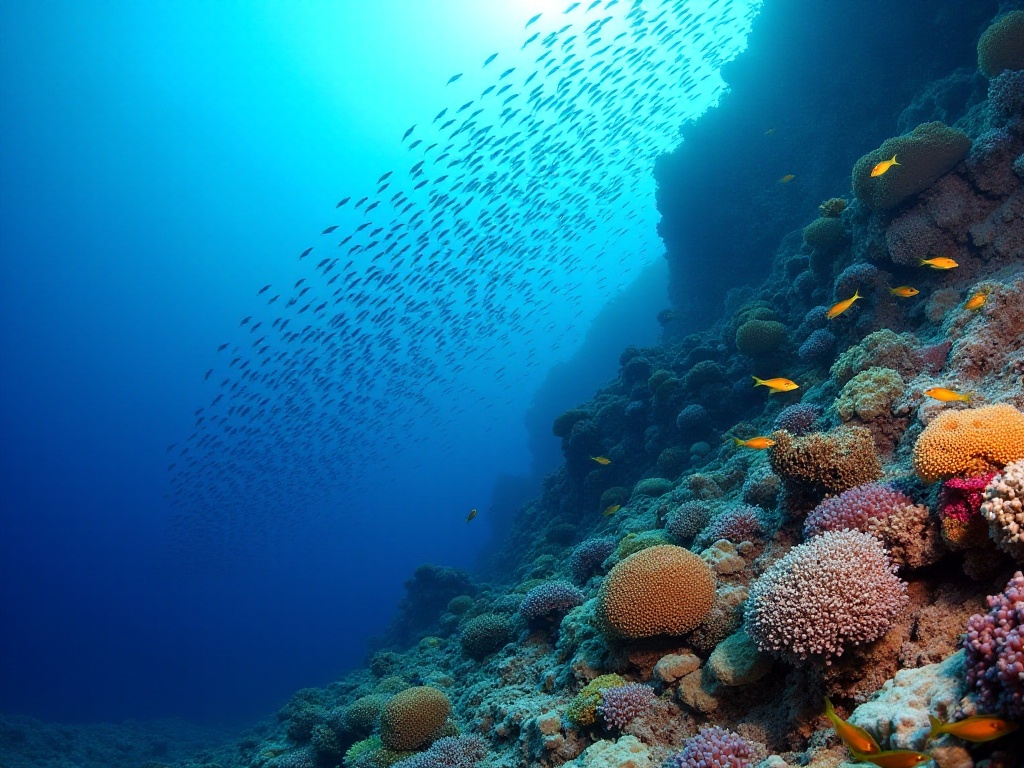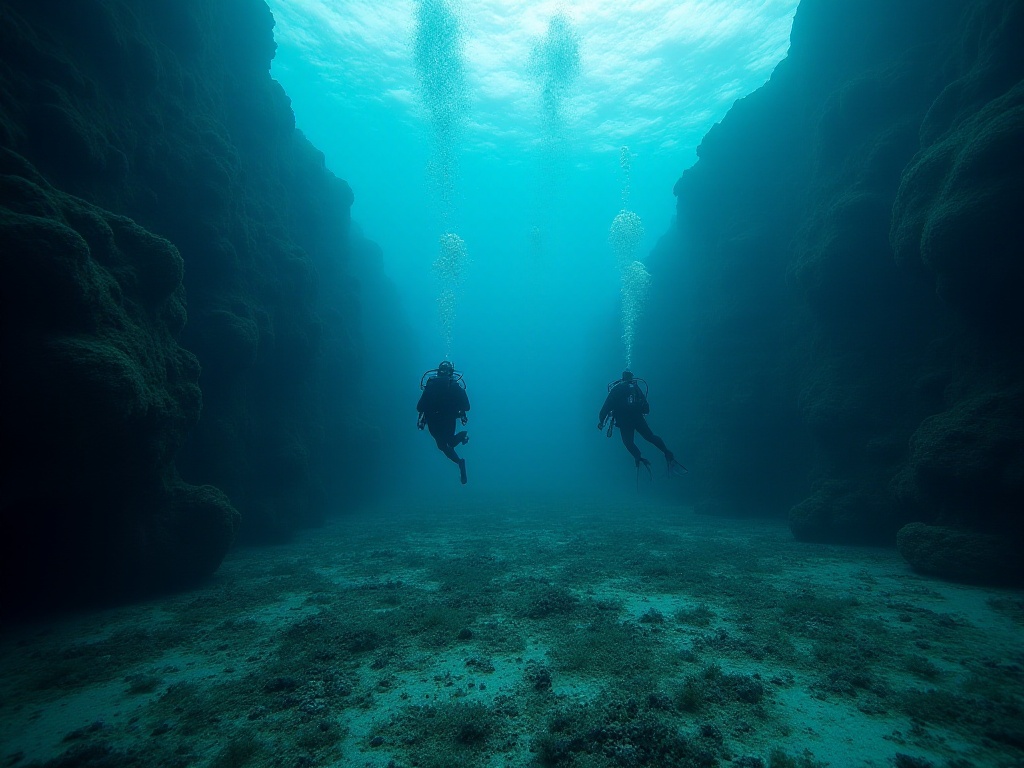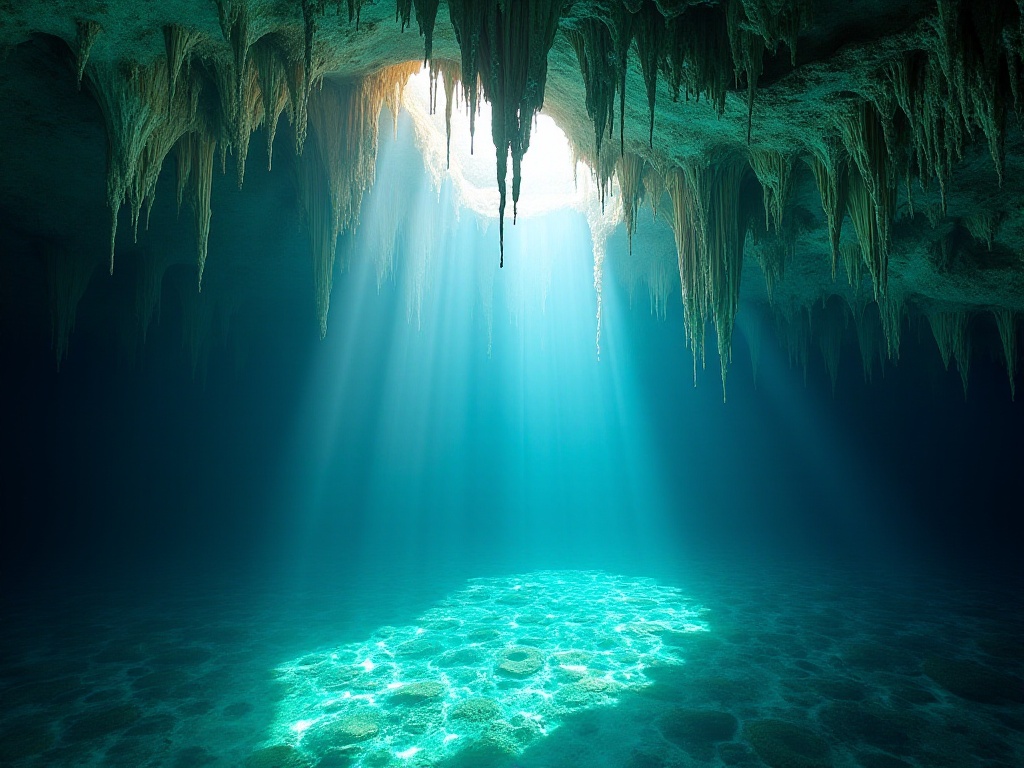Origin
I just returned from the Great Barrier Reef in Australia, and this diving trip left me with countless emotions. As a blogger with 10 years of diving experience, I've been to many diving paradises in Southeast Asia, such as Komodo in Indonesia, Sipadan in Malaysia, and Bohol in the Philippines, but the Great Barrier Reef gave me a completely different kind of amazement. Even now, when I close my eyes, I can recall the feeling of floating in the azure waters, with those colorful corals and schools of fish still swimming before my eyes. Today, let me take you into this magical underwater world to share what I saw and experienced here.
About the Great Barrier Reef
The Great Barrier Reef is the world's largest coral reef system, stretching over 2,300 kilometers from the Torres Strait in the north to Fraser Island in the south. This area is equivalent to the size of Italy, or about two-fifths of Japan's land area. It's a paradise for marine life, home to over 1,500 species of fish, from adorable clownfish to massive whale sharks. Additionally, there are over 400 species of hard coral, with shapes varying from staghorn to brain-like formations to table-like structures. Over 130 species of sharks and rays freely roam these waters, from the gentle leopard shark to the awe-inspiring grey reef shark.
Soft corals add infinite charm to these waters, swaying gently with the currents like an elegant underwater ballet. Sea turtles have been breeding here for generations, with thousands laying eggs on the Great Barrier Reef's beaches each year. Visible from the International Space Station, the Great Barrier Reef appears like a winding jade necklace embedded along Australia's east coast. This natural wonder, considered the eighth wonder of the world, is one of the few living organic structures on Earth.
The Great Barrier Reef's formation history can be traced back to about 20,000 years ago, at the end of the last ice age. As sea levels rose, corals began growing along the continental shelf's edge. Over thousands of years, countless generations of coral polyps' tireless work created today's spectacular underwater forest. Each coral is built by millions of polyps, these tiny organisms secreting calcium carbonate day after day, gradually forming the magnificent landscape we see today.
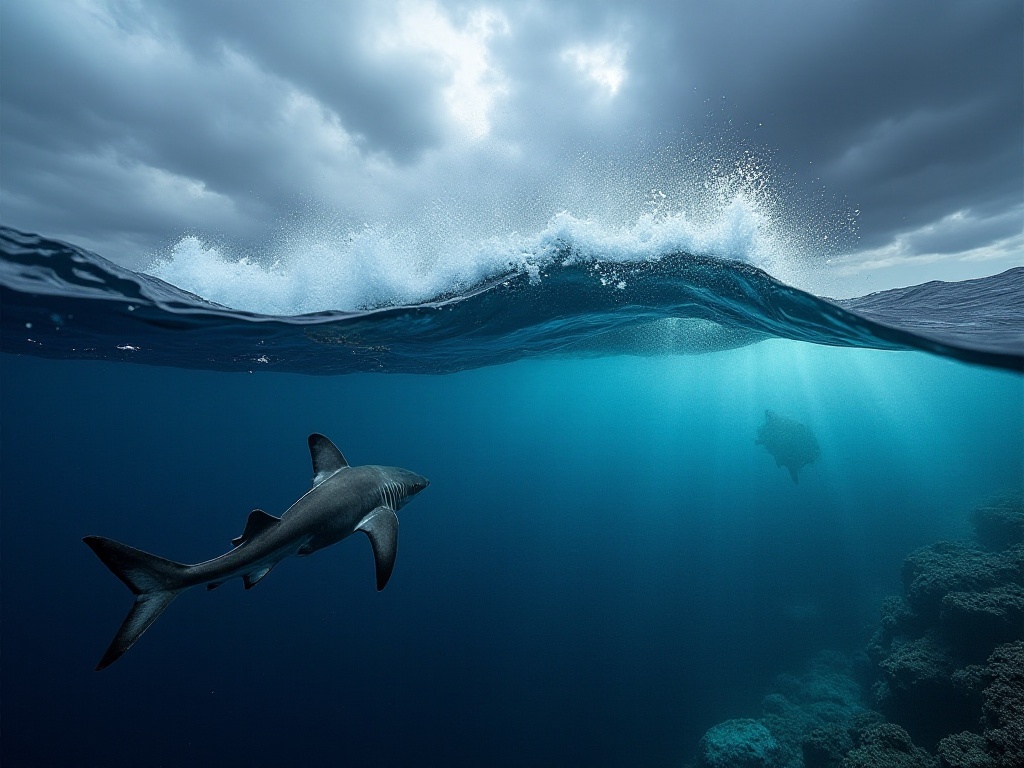
Best Season
To have a perfect diving experience at the Great Barrier Reef, choosing the right time is crucial. Based on my experience, May to October is the ideal diving season. This period corresponds to the Southern Hemisphere's winter and spring, and while it might seem counterintuitive, this is actually the best time for diving at the Great Barrier Reef. Water temperatures range between 22-25 degrees Celsius, comfortable for most divers with a 3mm wetsuit. Most excitingly, visibility during this season can reach an amazing 30 meters or even more. The clear water allows you to see distant schools of fish and vibrant coral landscapes.
During this period, humidity is lower, and sunshine is abundant but not too hot, perfect for resting and preparing on the boat. Particularly between July and August, you can often see humpback whales migrating through the Great Barrier Reef waters, one of the year's most exciting natural spectacles. If you're lucky, you might even hear whale songs underwater, an experience that's difficult to describe in words.
December to March is the rainy season, when the Great Barrier Reef has a different kind of charm. Water temperatures rise to around 29 degrees Celsius, good news for cold-sensitive divers. Although this season occasionally has rain showers, they usually come and go quickly, and the sunshine after rain is particularly bright. Underwater visibility during this period might be affected somewhat, around 10-15 meters, but still sufficient to appreciate the reef's beauty.
Notably, this season is the breeding period for many marine creatures. Every year from November to December, the Great Barrier Reef stages a magical natural phenomenon - coral spawning. During full moon nights, millions of corals simultaneously release sperm and eggs, making the seawater appear like pink snow falling, a unique spectacle known as "coral sex."
Selected Dive Sites
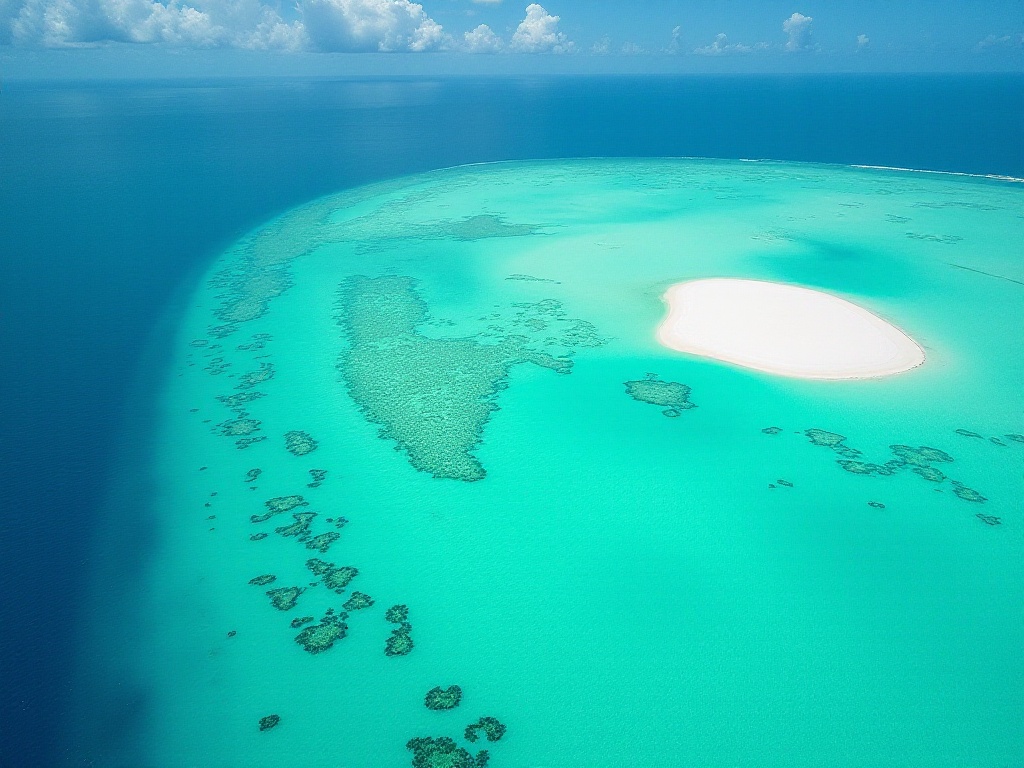
Outer Reef Highlights
Norman Reef in the outer reef is one of my most recommended dive sites, located about 70 kilometers north of Cairns. I remember that morning, we departed from the dock early, taking a speedboat for a two-hour journey across the rippling sea. With sea breeze on our faces and seagulls as companions, we could even see dolphins leaping from the water in the distance - the journey itself was a pleasure.
When we reached our destination, a stunning underwater world lay hidden beneath the calm surface. The moment I put on my gear, adjusted my breathing, and slowly descended into the water, I was amazed by the sight before me. The first thing that caught my eye was a massive bed of giant clams, their shells covered in brilliant stripes, like faithful guards protecting this coral garden. Each giant clam had unique patterns and colors, some with deep purple stripes, others turquoise blue, their edges shimmering with pearl-like luster as the light changed.
Around the giant clams was a garden of colorful corals. Staghorn corals resembled carefully trimmed bonsai, extending outward layer by layer; brain corals were round and full, their surface grooves like brain folds; plate corals looked like stacked porcelain plates, giving off a soft glow in the sunlight.
Most fascinating were the marine creatures darting through these coral thickets. A school of fusiliers moved in perfect unison among the corals, their scales glinting metallically in the sunlight. In the distance, a large green sea turtle leisurely foraged on the seafloor, seemingly indifferent to our presence as it focused on grazing seagrass. Occasionally, several large Napoleon wrasses would swim past, their distinctive protruding foreheads making quite an impression.
In the deeper waters of Norman Reef, I also saw a group of manta rays. They glided gracefully through the deep blue waters like flying angels. Occasionally, we could see whitetip reef sharks cruising in the distance - though somewhat intimidating to look at, they usually show no interest in divers.
Lizard Reef Experience
The night dive at Lizard Reef was definitely one of the most memorable experiences of this trip. The coral reef is stunning during the day, but at night, it transforms into a completely different world. I remember that evening, waiting for sunset on the boat, watching the sky change from golden to deep blue, finally dotted with countless stars.
When we turned on our underwater flashlights and descended, the sight before us was astounding. Under the beam of the flashlights, many corals and marine organisms emit mysterious fluorescence. This bioluminescence phenomenon occurs due to special proteins in their bodies reacting to light, producing dreamy blue-green glows. Soft corals, in particular, emit a gentle blue light in the darkness, like underwater stars.
Night is peak activity time for many marine creatures. Giant groupers emerge from their daytime resting caves to feed, some growing to over two meters in length. These "ocean giants" often follow divers' flashlight beams, waiting for small fish that might be startled by the light. Sometimes you can see octopi moving between corals, changing their color at will to camouflage themselves - this ability seems especially magical at night.
Most unforgettable was seeing sea turtles sleeping among the corals. They find relatively sheltered spots under coral formations to rest, looking particularly peaceful. You must be careful not to shine strong light directly at them to avoid disturbing their rest. The whole scene feels like being on Pandora from the movie "Avatar," full of fantasy and mystery.
Another specialty at Lizard Reef is drift diving. The currents here are relatively steady, allowing divers to drift along and enjoy the scenery en route. During the drift, I saw countless clownfish darting through sea anemones, their orange bodies particularly striking against the deep blue background. Some larger Napoleon wrasses would curiously follow the divers, sometimes coming close to "say hello."
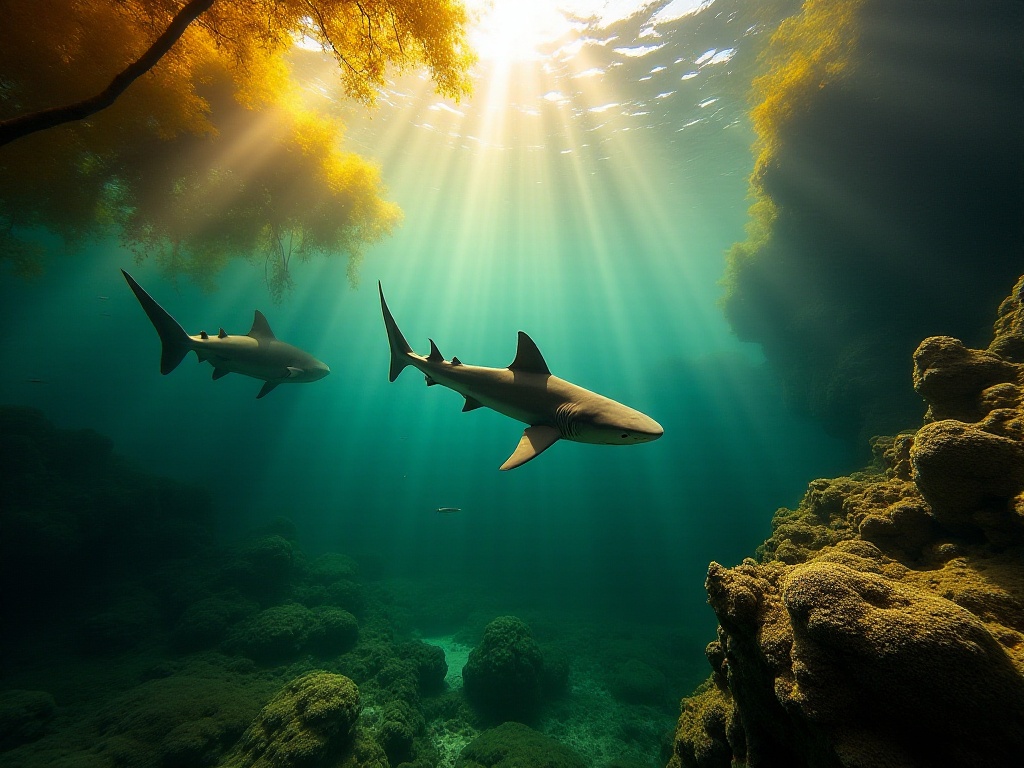
Practical Guide
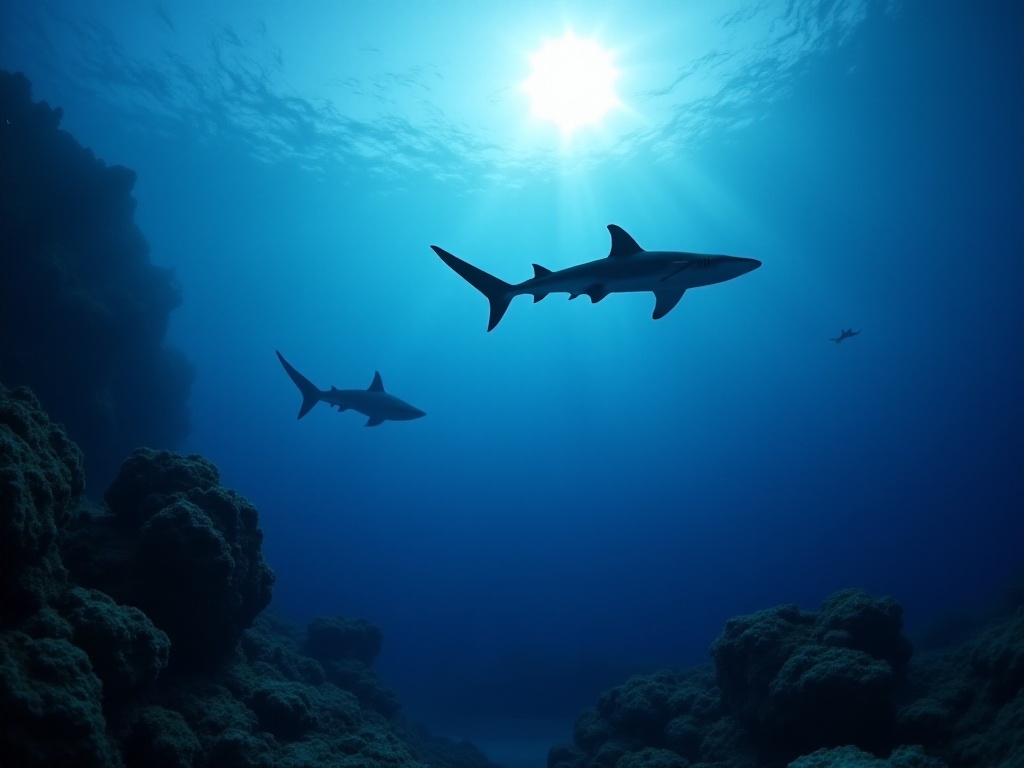
Equipment Preparation
As an experienced diver, I know the importance of proper equipment. Some gear is essential for diving at the Great Barrier Reef. First is sunscreen - you must choose reef-friendly types, as regular sunscreens contain chemicals that can harm corals. I usually choose physical sunscreens containing zinc oxide or titanium dioxide. Though they might be more expensive, it's worth it to protect the coral reef ecosystem.
A wetsuit is another crucial piece of equipment. Even in summer, I recommend a 3mm wetsuit. Though surface water might be warm, temperatures drop noticeably in deeper waters. Also, prolonged immersion causes body heat loss. For winter diving, consider a 5mm wetsuit with an additional thermal vest.
An underwater camera is essential for capturing memorable moments. I personally use an action camera with waterproof capability to 60 meters, equipped with anti-fog solution and a red filter. The red filter compensates for lost red spectrum underwater, making photos more true to life. If budget allows, I recommend a wide-angle lens for capturing broader underwater landscapes.
Though most dive shops offer basic equipment rental, I prefer using my own gear, especially mask and snorkel. These items that directly contact your face are more hygienic and comfortable when they're your own. Choose a mask with good field of vision and anti-fog properties, and preferably a dry snorkel that prevents water entry.
Additionally, some small items are important: a dive computer for monitoring depth and dive time, diving gloves for hand protection in emergencies, and waterproof flashlights essential for night diving. I also carry a small signal buoy for emergencies.

Safety Precautions
Safety always comes first, especially when diving at the Great Barrier Reef. First, avoid alcohol 24 hours before diving, not just for safety but also to fully enjoy the diving experience. Alcohol affects judgment and reaction time, which could be dangerous underwater.
Monitoring air supply is a habit every diver must develop. I usually start ascending when tank pressure reaches 100 bar, ensuring enough gas for safety stops. When diving the Great Barrier Reef, it's easy to get distracted by beautiful scenery and forget to check the pressure gauge, so it's best to set a reminder to check every five minutes.
Maintaining proper distance with your dive buddy is also important, recommended not to exceed 3 meters. This is not only for safety but also to alert each other when discovering interesting marine life. At the Great Barrier Reef, you often encounter rare marine species, and if too far apart, you might miss these exciting moments.
Additionally, pay special attention to current changes. Some areas of the Great Barrier Reef have strong currents. If you find yourself fighting against a current, the best approach is to descend deeper where currents are usually weaker. Also pay special attention to safety stops when ascending - don't skip this important step due to excitement.
When diving the Great Barrier Reef, always watch for weather changes. Though captains check weather forecasts beforehand, conditions can change suddenly. If weather begins to deteriorate, immediately follow dive guide instructions - you may need to end the dive early.

Environmental Protection Suggestions
Every time I see the Great Barrier Reef's beauty, I think about how to contribute to its protection. As divers, our every action can impact this fragile ecosystem. First, absolutely never touch coral - even gentle contact can harm them. Corals are covered with a mucus layer crucial for their survival, and touching destroys this protective coating.
Equally important is not feeding fish. Though it's attractive to see fish gathering around you, artificial feeding alters their natural foraging behavior, affecting the entire ecosystem's balance. Moreover, some fish may become dependent on humans and lose their ability to find food independently.
While diving, collect any garbage you see. Plastic waste is extremely harmful to marine ecosystems, especially to creatures like sea turtles. They might mistake plastic bags for jellyfish and eat them, causing suffocation or intestinal blockage. I always carry a small mesh bag during dives to collect any trash I might find.
More importantly, choose responsible diving companies. Good diving companies emphasize environmental education, limit the number of divers at each site, and regularly participate in coral reef protection work. Their boats choose anchoring spots that minimize impact on coral reefs rather than anchoring randomly.
Statistics show that over 50% of the Great Barrier Reef's corals have disappeared due to climate change and human activities - a heartbreaking figure. Coral bleaching is intensifying, and rising water temperatures, ocean acidification, and overfishing are all threatening this fragile ecosystem.
But we're not completely helpless. Besides diving precautions, we can take measures in daily life to protect the ocean. For example, reducing plastic use, choosing sustainable seafood, and supporting environmental organizations' work. Small actions from everyone add up to make a difference in protecting the Great Barrier Reef.
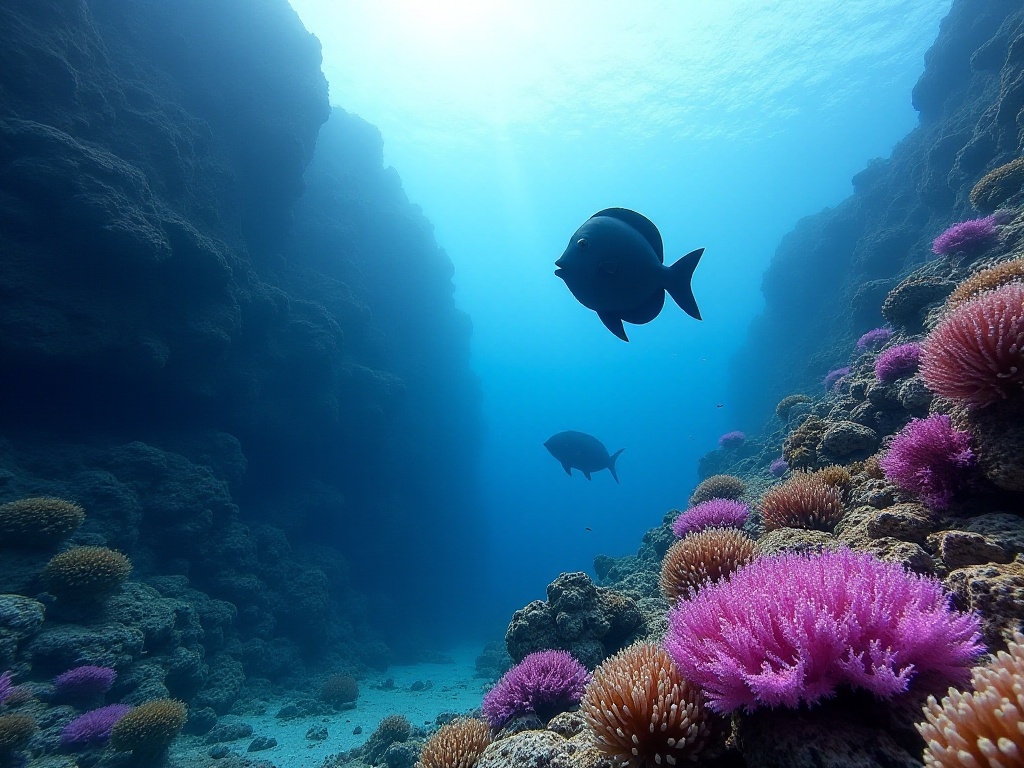
Reflections
Each dive at the Great Barrier Reef gives me new insights into marine life. I remember once encountering a group of clownfish underwater, playing among sea anemones, completely unafraid of humans. Watching them nimbly weave through the anemone's tentacles, I couldn't help but marvel at nature's amazing symbiotic relationships. Clownfish and anemones depend on each other - anemones provide shelter for clownfish, while clownfish help attract prey and ward off enemies.
Such scenes made me deeply realize that in this blue world, every life has its value and meaning. Whether it's the massive whale shark or tiny plankton, all play roles in maintaining this complex ecosystem's balance. And we humans are merely observers in this system.
Underwater, all worries seem to vanish. There's only the sound of bubbles from regulators and occasional dolphin chirps. This tranquility lets you experience life's most primitive beauty. Everyone can find their own moment of peace here and feel nature's magnificent craftsmanship.
Especially during night dives, when all lights are extinguished and you float in dark water, surrounded only by weak bioluminescence from organisms. In that moment, it feels like the entire universe falls silent, leaving just you and this magical water. This experience helps you understand why so many people fall in love with diving and this blue world.
Have you been diving at the Great Barrier Reef? Feel free to share your story in the comments. If you haven't been yet, I hope this article provides some inspiration. Let's protect this blue paradise together, so future generations can also appreciate this gift from nature.


